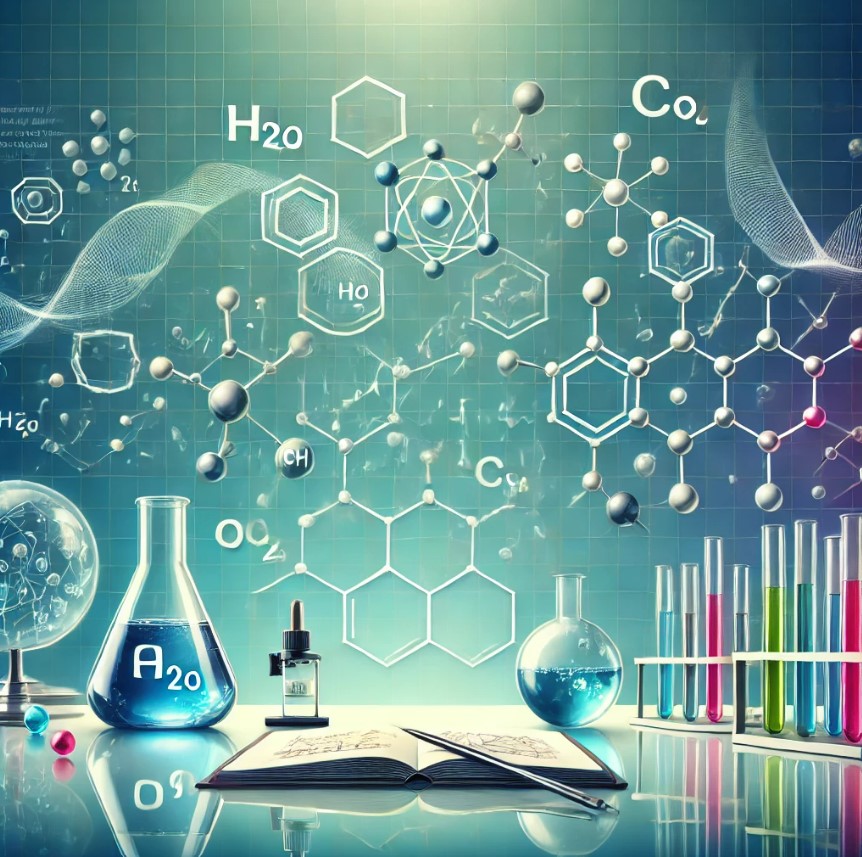
Welcome to the fascinating world of chemical kinetics, where we explore the dynamic journey of chemical reactions—not just what happens, but how fast it happens and why. If chemistry is the study of matter and its transformations, then kinetics is the science of time in those transformations, giving us insight into how quickly reactants turn into products. Understanding the speed of chemical reactions is crucial to everything from designing faster industrial processes to slowing down reactions that could lead to dangerous explosions or environmental damage.
Imagine for a moment you're a chemical detective. You know what substances go into a reaction and what comes out, but how does it happen? Why does a simple reaction like the rusting of iron take weeks, while an explosion of gasoline in an engine happens in milliseconds? Or, on a biological scale, how can enzymes in your body perform life-sustaining reactions a million times faster than they would occur naturally?
In this course, we will unlock the secrets behind these questions, diving into the rates of chemical reactions, the factors that influence those rates, and how we can control them. You’ll discover the importance of reaction mechanisms, the pathways through which molecules rearrange themselves, and how catalysts—both in nature and industry—can drastically speed up reactions by lowering the energy barriers involved.
Here’s a glimpse of what we will uncover together:
• Why do some reactions take place in a fraction of a second while others drag on for days or even years?
• How can we harness the power of catalysts to make life-saving drugs or design more efficient fuel cells?
• What role does temperature play, and how can we use the Arrhenius equation to predict and control reaction rates?
• How can we model complex reactions that involve multiple steps and interactions between molecules, similar to how enzymes control biological processes in your body?
Throughout the course, you will see how chemical kinetics impacts everything around you, from the rate of burning fuels in a car engine to the speed at which food spoils, and even the reactions happening inside your cells as you read this.
By the end, you won’t just understand the math and theory behind reaction rates—you’ll be able to control reactions, manipulate them to work faster or slower, and even design entirely new reaction pathways. This is the art of kinetics—a blend of creativity, science, and control.
Get ready to embark on a journey through time—chemically speaking—where you’ll learn not just the “what” of reactions, but the how fast and the why. Welcome to chemical kinetics!
Imagine for a moment you're a chemical detective. You know what substances go into a reaction and what comes out, but how does it happen? Why does a simple reaction like the rusting of iron take weeks, while an explosion of gasoline in an engine happens in milliseconds? Or, on a biological scale, how can enzymes in your body perform life-sustaining reactions a million times faster than they would occur naturally?
In this course, we will unlock the secrets behind these questions, diving into the rates of chemical reactions, the factors that influence those rates, and how we can control them. You’ll discover the importance of reaction mechanisms, the pathways through which molecules rearrange themselves, and how catalysts—both in nature and industry—can drastically speed up reactions by lowering the energy barriers involved.
Here’s a glimpse of what we will uncover together:
• Why do some reactions take place in a fraction of a second while others drag on for days or even years?
• How can we harness the power of catalysts to make life-saving drugs or design more efficient fuel cells?
• What role does temperature play, and how can we use the Arrhenius equation to predict and control reaction rates?
• How can we model complex reactions that involve multiple steps and interactions between molecules, similar to how enzymes control biological processes in your body?
Throughout the course, you will see how chemical kinetics impacts everything around you, from the rate of burning fuels in a car engine to the speed at which food spoils, and even the reactions happening inside your cells as you read this.
By the end, you won’t just understand the math and theory behind reaction rates—you’ll be able to control reactions, manipulate them to work faster or slower, and even design entirely new reaction pathways. This is the art of kinetics—a blend of creativity, science, and control.
Get ready to embark on a journey through time—chemically speaking—where you’ll learn not just the “what” of reactions, but the how fast and the why. Welcome to chemical kinetics!
- Trainer/in: ا.د خالد فؤاد خالد محمود

